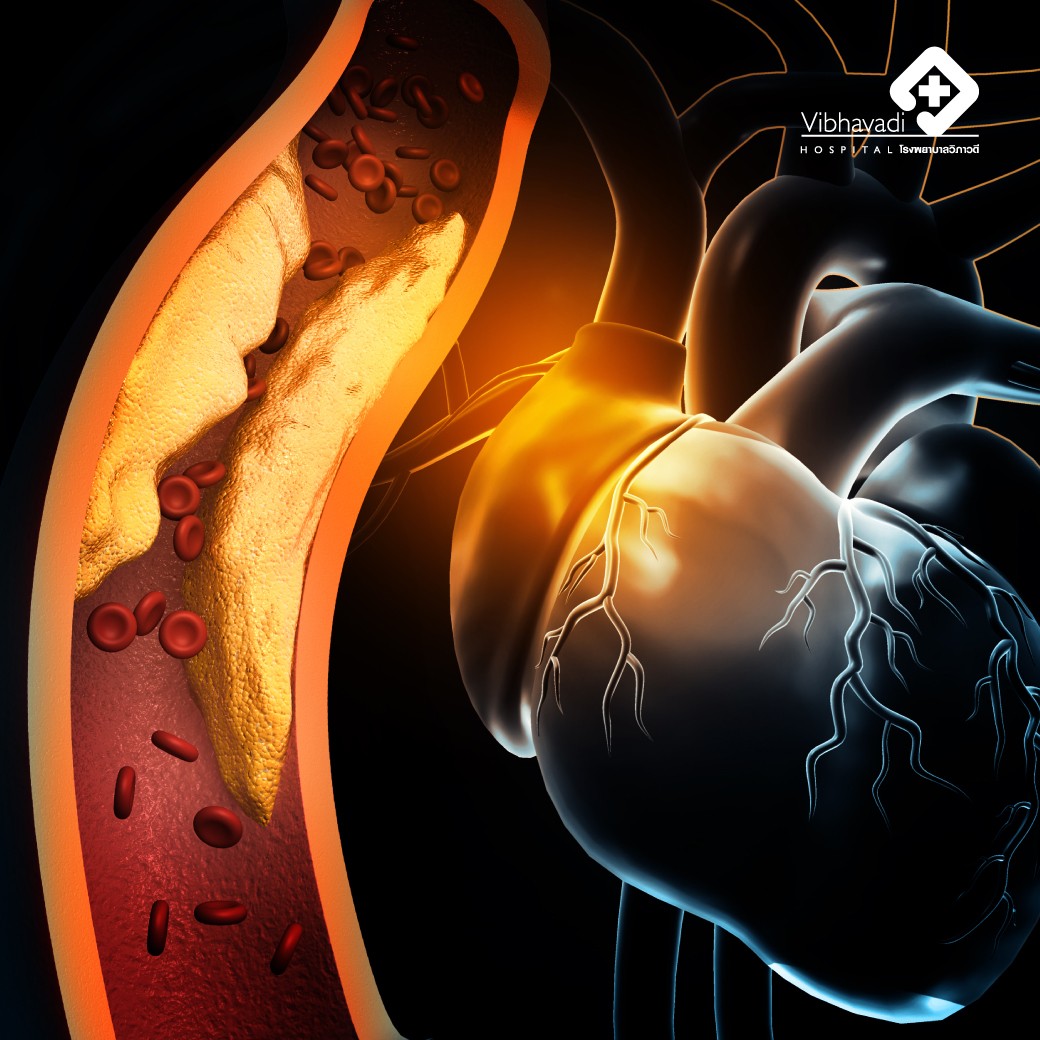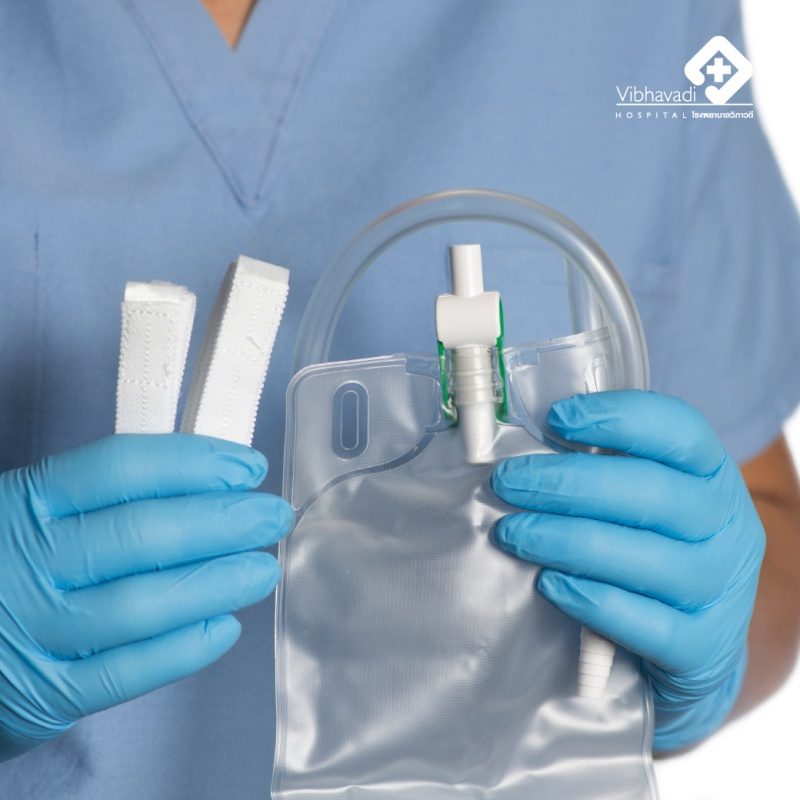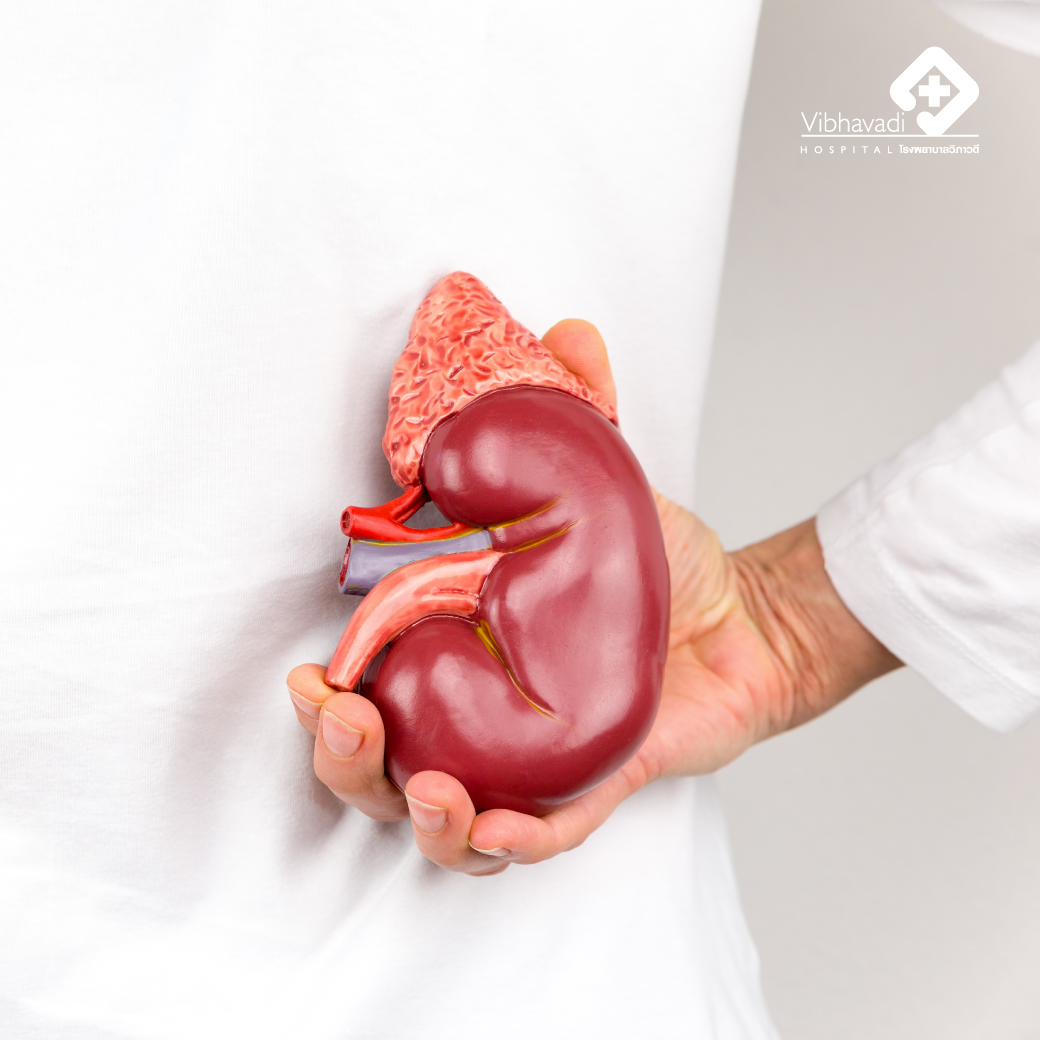Assess Your Health Risks Now
Risk-based health checks involve assessing potential risks to our health based on family history, lifestyle choices, and existing health conditions. For example, if there is a family history of chronic illnesses, this might be a risk factor in our own health. Similarly, lifestyle choices such as drinking alcohol, smoking, and eating fatty foods can increase the risk of certain diseases. Health conditions such as feeling fatigued, palpitations, and respiratory or cardiovascular issues can also pose health risks. In this discussion, we will focus on health checks based on work risks.
Occupational risks can arise from exposure to a variety of threats, depending on the type of work, that can have an impact on health such as physical threats (noise, radiation, vibration, etc.), biological threats (germs), and chemical threats. This does not include ergonomic work, so risk-based health checks are important for early detection of potential health conditions related to work, which consists of
1. Physical Examination by an Occupational Medicine Physician:
The doctor will take a history of work and conduct a physical examination to look for signs and symptoms related to any abnormalities that may have occurred from the type of work, such as checking the functioning of the nervous system in people who work with solvents, detecting dermatitis in workers exposed to irritants and allergens, etc.
2. Audiometry:
This test is used to check hearing in people who work in loud noises. It has been found that when exposed to loud noises without the use of noise protection devices, hearing at high frequencies deteriorates first, followed by hearing at talking frequencies (hard of hearing). A hearing test will provide information on the person's ability to hear sounds at different frequencies and is useful to help screen for abnormalities that may occur due to exposure to loud noises.
3. Lung Function Test (Spirometry):
Some types of work may expose workers to substances that affect the respiratory system. For example, people working in cotton dust may experience coughing, chest tightness, and shortness of breath, or those working with certain substances (such as wheat flour, latex, isocyanate) may induce asthma attacks. A pulmonary function test is a way to screen for any abnormalities in the respiratory system from exposure to these various substances.
4. Occupational Eye Health Checkup (Occupational Vision Test):
As each type of work requires different levels of eyesight, an occupational eye exam is used to assess whether the examinee's visual performance is sufficient for the nature of work. Such tests can assess sharpness of the eyes at both distance and near, field of vision, depth estimation, color vision, and the balance of the eye muscles.
5. Biological Indicators (Biomarkers):
When working in certain industries, workers may be exposed to various types of chemicals such as heavy metal substances (lead, arsenic, etc.), solvents (benzene, toluene, etc.), and pesticides, which if received in high doses can cause toxicity. Biomarker testing can be used to check the level of exposure to these substances to determine if it is higher than the standards set by various agencies, through the testing of blood or urine for the presence of the substance or its metabolites. This type of health surveillance is used to prevent any abnormalities from exposure to these chemicals.
6. Other Examinations:
Other tests that may be recommended by occupational medicine doctors as part of a health check include a complete blood count in workers exposed to radiation, X-ray examination of the lungs, and tests to detect silica dust, etc. These tests are tailored to each individual based on the risks associated with their work.
Dr. Nattaphon Prachuapphansri
Occupational Medicine (Diploma)
Director of the Center for Health and Occupational Health















